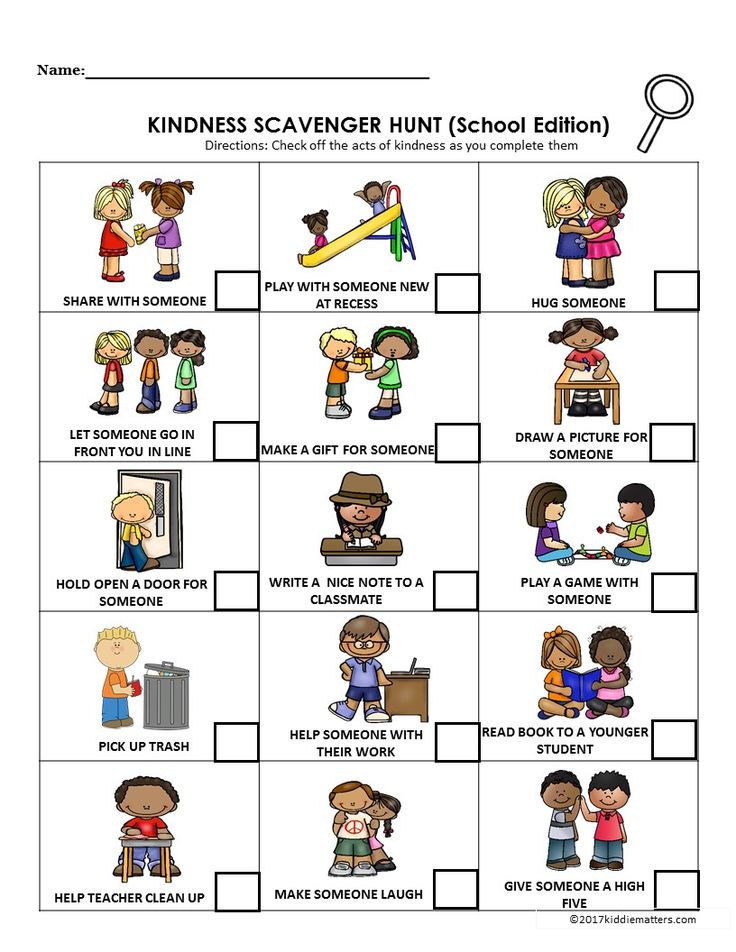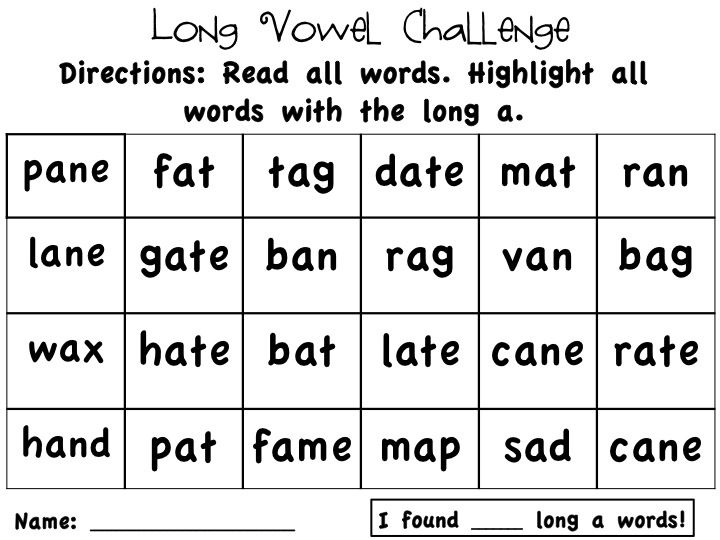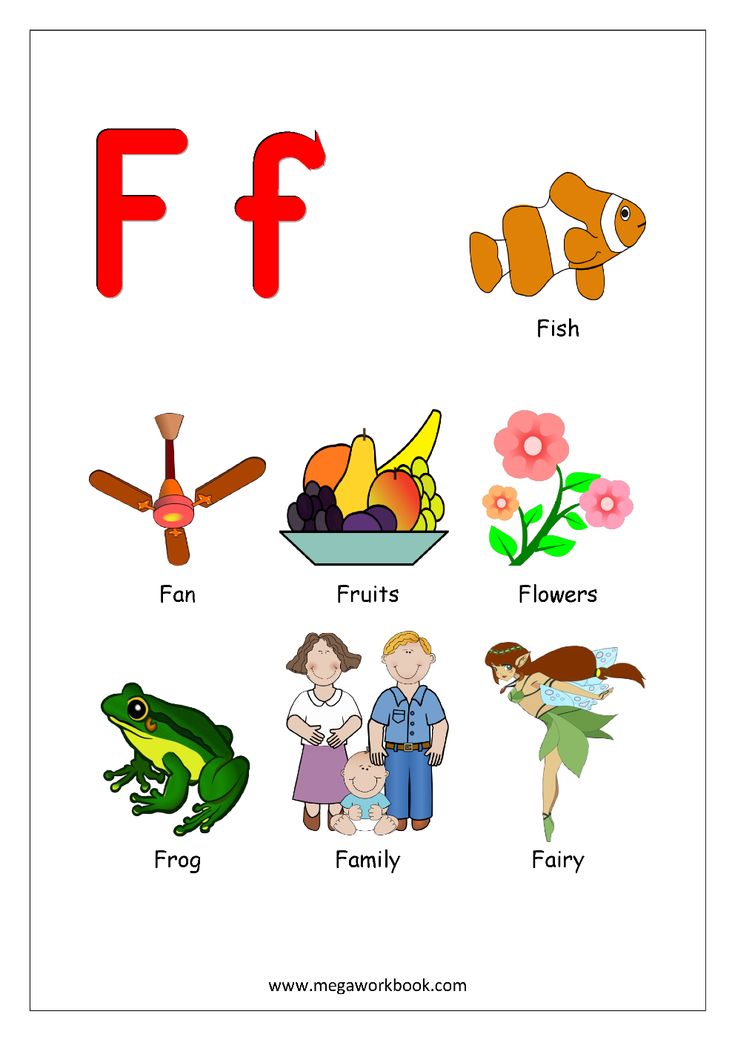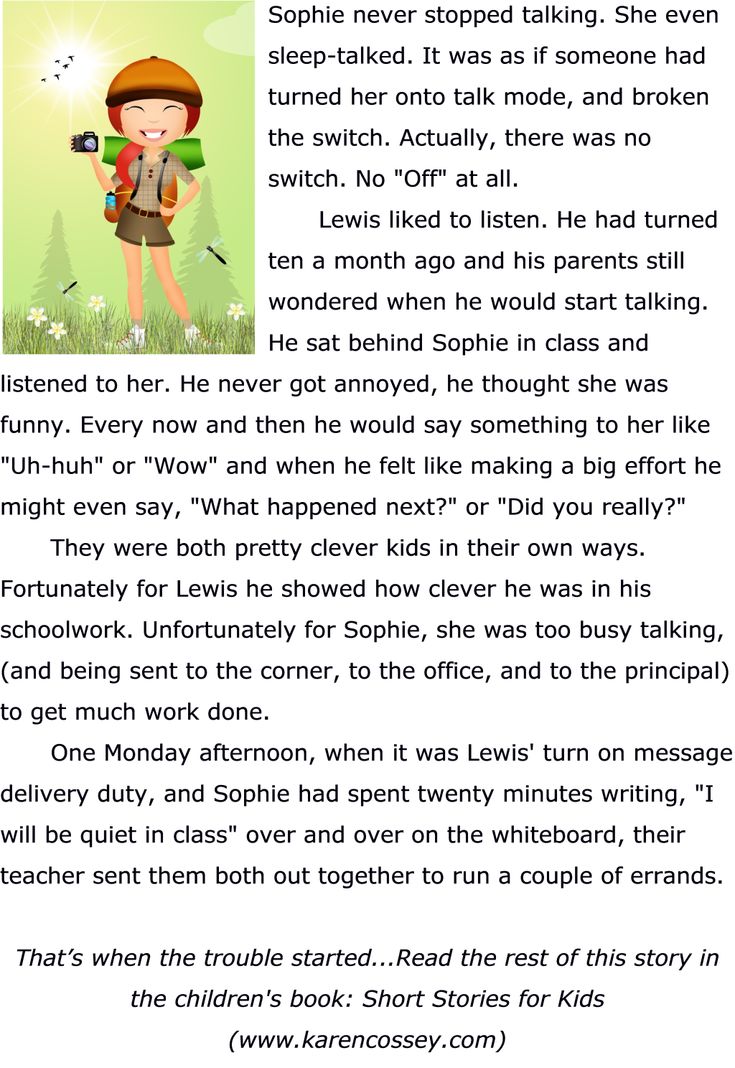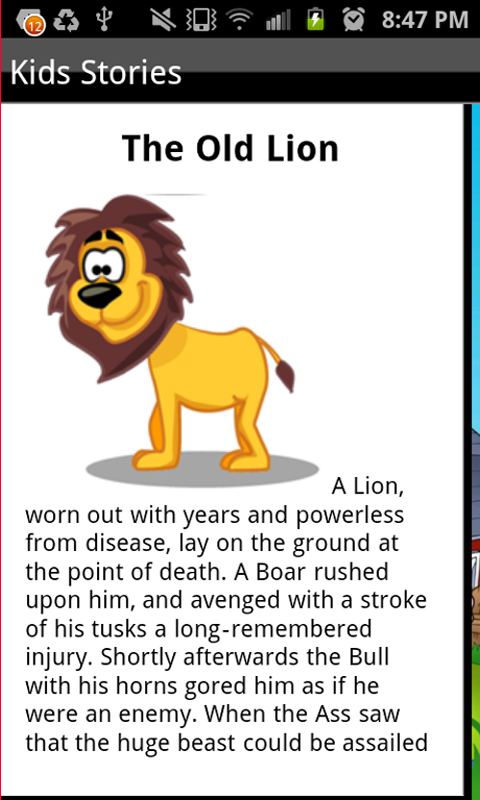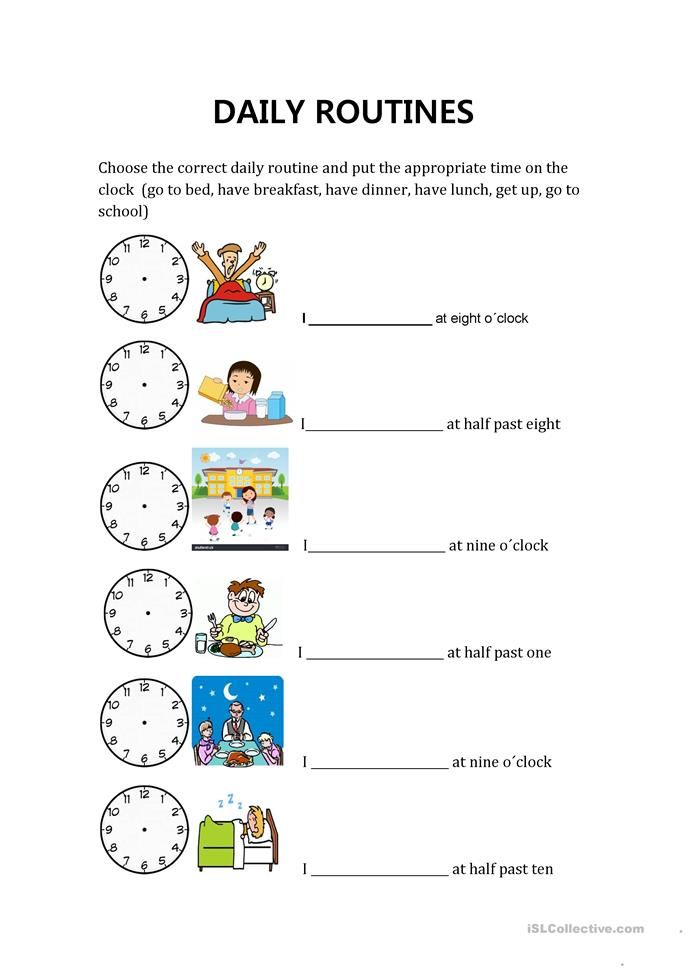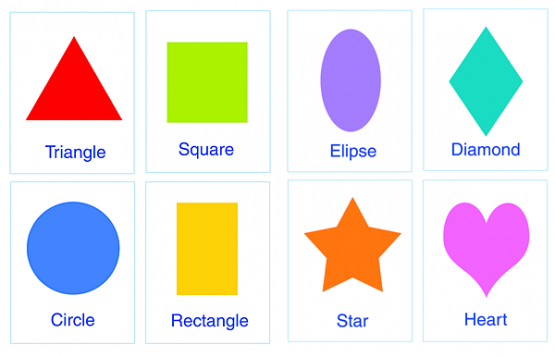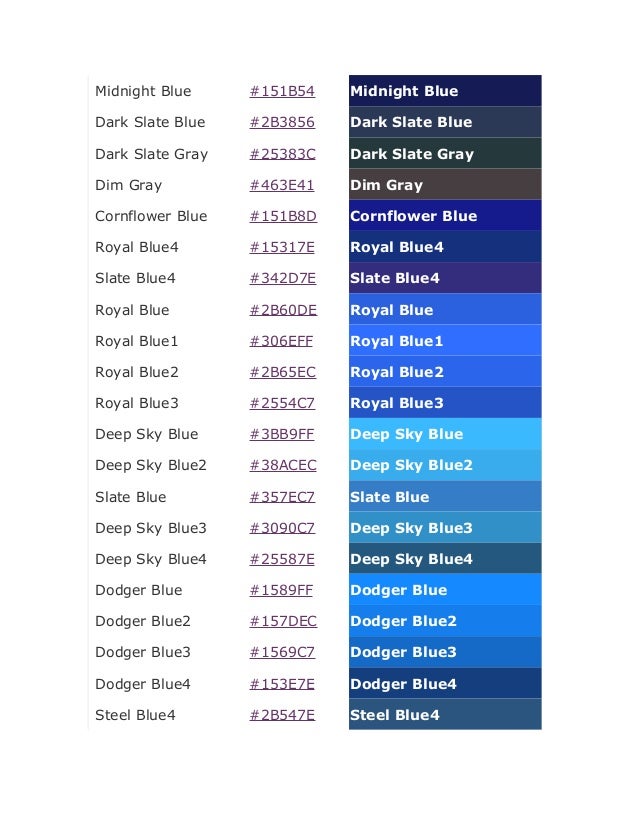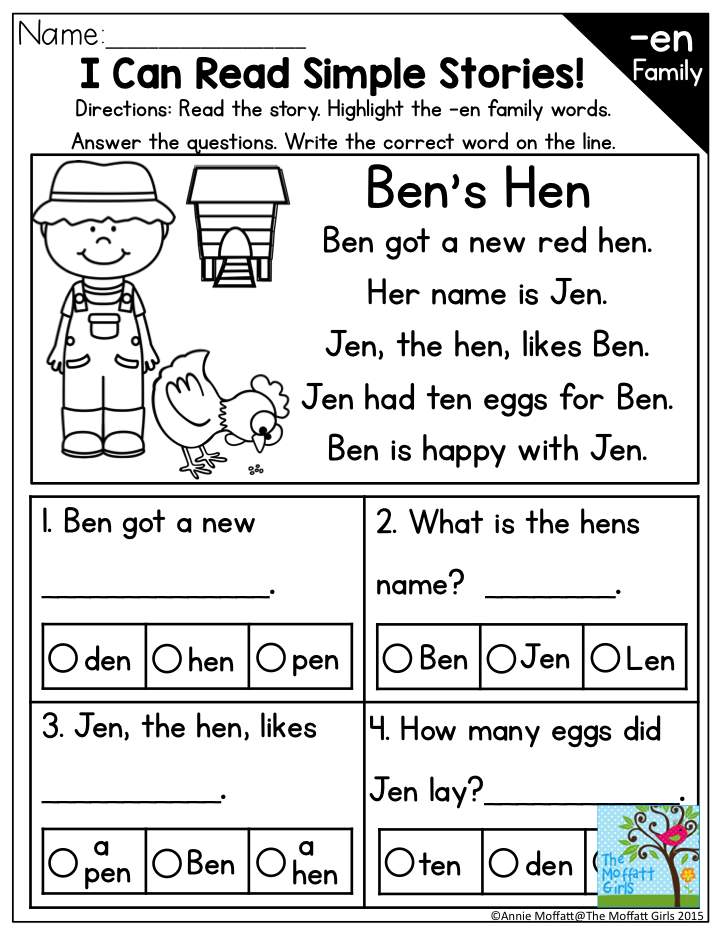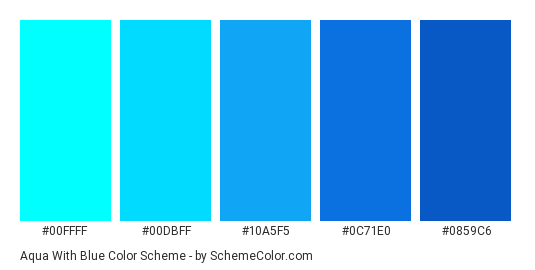How to teach the alphabet sounds
5 Fun And Easy Tips
Letter sounds are one of the very first things your child will encounter when they begin to explore reading.
By recognizing the phonetic sounds that alphabetic letters make, your child will take their first big step toward associating words with their individual sounds, an essential tool for, when the time is right, sounding out words.
Most new readers start from the same place — by learning their letters! And no matter where your child is on their reading journey, working with them on their letter sounds is a great way to help strengthen their fundamental skills.
Here are five fun and effective tips for working on letter sounds with your child.
5 Fun And Easy Ways To Teach Letter Sounds
1) Touch And Feel Letters
Humans are tactile creatures, and we depend on touch to tell us a lot about the world around us. This is especially true of kids when they’re learning!
Although most traditional reading curriculums focus on auditory and visual cues for letters and their sounds, touch can be helpful, too. We have five senses, after all, so we might as well take advantage of them!
As opposed to relying solely on how a letter looks when it’s written (and flat), adding in a physical sensory element can help your child build a stronger connection to the letter sound they’re trying to learn.
Doing this engages an extra part of their brain while they learn. Not only will they know what the letter looks and sounds like but also what it “feels” like. Associating the “feel” of a letter with its pronunciation may help them gain a better understanding of letter sounds more quickly.
There are plenty of options for exploring reading through your child’s sense of touch. The best part? Your child will get to do one of their favorite things — make a mess! Letting them get messy with letters provides a great incentive to learn.
If you’d like to try this tactile learning style, you can get started by grabbing a few blank pieces of paper. Using a thick, dark marker, write out the letters you want your child to work on.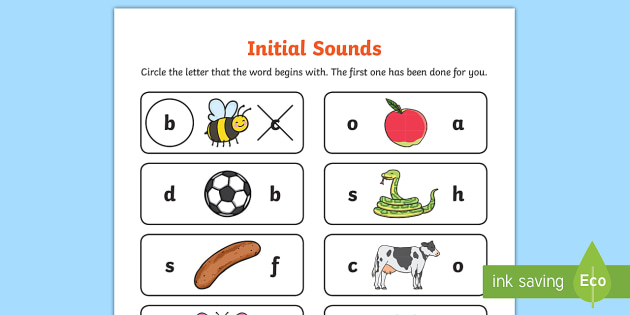
Then, you can simply grab whatever you have around the house that is malleable enough to form into letters. PlayDoh or kinetic sand are both great options.
We recommend saying the associated letter sound as your child looks at and forms the written letter with the PlayDoh or kinetic sand. You can also encourage them to shape their material over the outlined letter on the page if they need some extra guidance.
Feel free to also brainstorm words with them that share the letter sound they’re practicing. This could help them make even more connections to the letter and its sound!
If you don’t mind a little extra clean up, shaving cream can also be a great option! Simply spread out the shaving cream on a flat surface. Trace out the letter for them in the shaving cream, then ask them to do the same while you repeat the letter sound.
2) Connect Letter Sounds To Familiar Symbols
Letters and their sounds might be unfamiliar to your child. By making a connection between letter sounds and items or symbols your child might already be familiar with, you can help bridge the gap between what they don’t know yet and what they do!
Utilizing things that your child already knows and loves may encourage them to get more engaged with learning their letter sounds.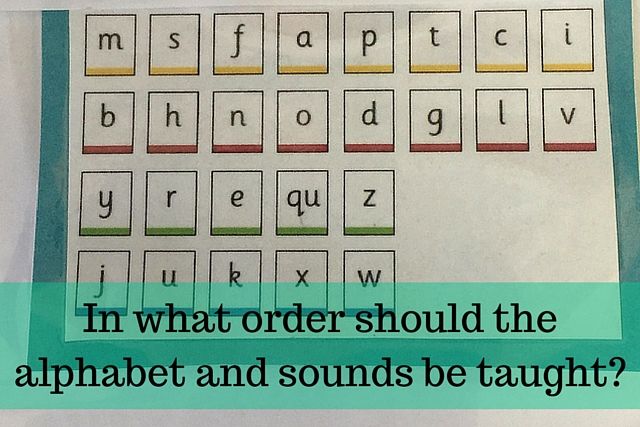 Familiar ideas will also make them feel more confident and comfortable while learning.
Familiar ideas will also make them feel more confident and comfortable while learning.
For example, if you want to start with the letter “T,” consider printing out pictures of things that start with “T” that your child loves, such as trucks and tigers. Let your child choose which pictures to use, and then help them create their very own alphabet book with those images!
Working with your child to construct their personal letter-sound alphabet — a mixture of the specific picture you want them to learn to associate with a particular letter sound — is an easy and fun craft project that will pay off in the long run.
The more personalized you can make the learning process the more fun your young learner will have!
Familiarity can also help your child beyond simply learning the letter sound: it helps them build confidence! The more your child feels like they understand and know what they’re reading, the more likely they’ll be to develop an enthusiasm for learning.
3) Repetition, Repetition, Repetition
This technique focuses on repetition, which is great for getting your child familiar with their letter sounds.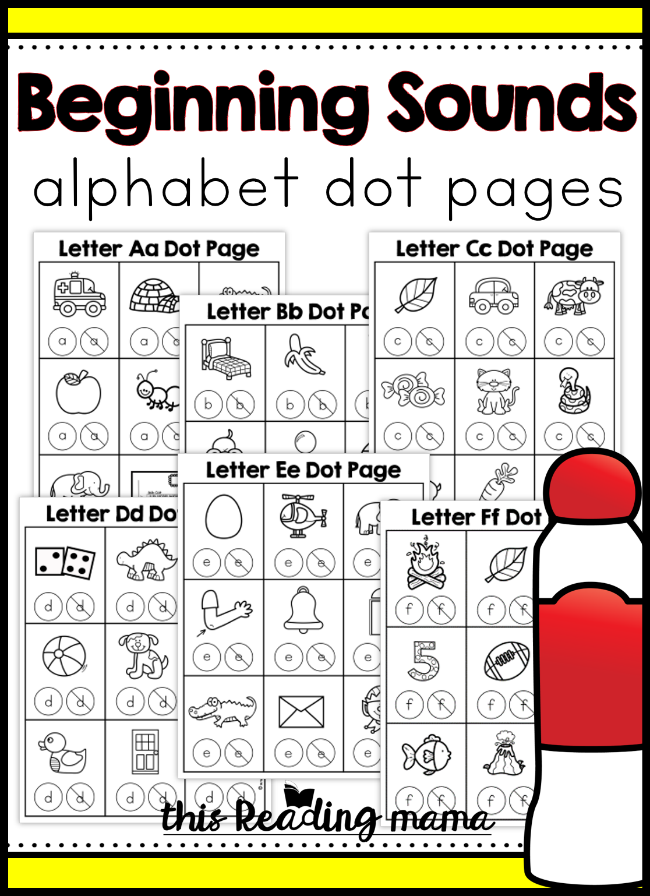 By consistently repeating the same letter sounds to them, you can help your child more easily pick up on them.
By consistently repeating the same letter sounds to them, you can help your child more easily pick up on them.
A great idea might be to focus on introducing your child to one letter sound at a time. You could make a “letter of the week” jar for your child. Place an empty jar on your counter labeled with the letter sound for the week.
Every time your child points out a word they’ve heard that starts with the letter sound of the week, they earn a “ticket” or “point” in the letter sound jar (you could also use stickers on a poster if you don’t have a jar handy).
Challenge your child to gain three or four points (or more!) during the day. You’ll want the jar to be somewhere your child sees it often — maybe in the kitchen so you can prompt your learner to think of a word while you’re making dinner or washing dishes!
They don’t have to rely on only the things they hear or see in real life, especially when it comes to those trickier letter sounds (like x, q, or z). Consider using some of your daily reading time to flip through magazines or books and point out the letter sound whenever you come across it.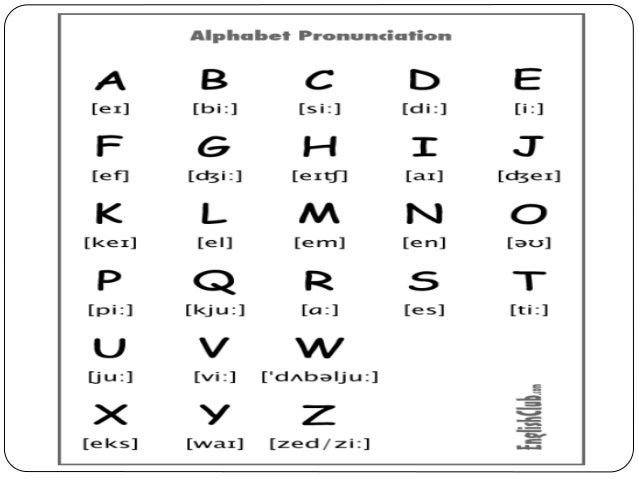
Emphasizing repetition this way really gives your child the chance to focus intensely on a single letter and explore the primary sound it represents!
Giving them ample amounts of time, practice, and exposure to one sound at a time may help them with their learning longevity.
4) Digital Letters In The 21st Century
Technology is a huge new factor in modern-day learning. Not only do children learn how to read and write texts, but now they also have to learn how to use a keyboard at a very young age.
While too much media time can be bad for your child, there are ways to be mindful about media consumption and incorporate media into their letter-sound learning. Especially for busy families, media can be a really useful asset to add to your parenting tool belt.
If you’re looking for a safe, personalized, and reliable place for your child to work on their reading and letter-sound skills, our online learning center has tons of playful games and exercises!
Your child can also use a simple keyboard to engage their letter-sound skills.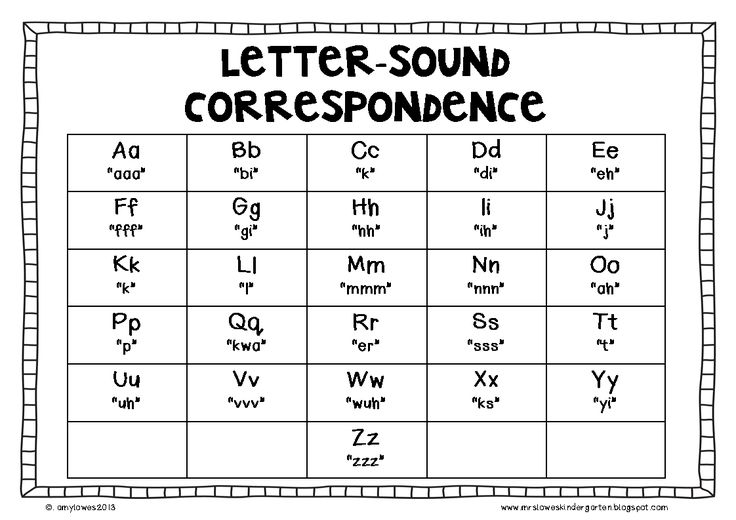 For this activity, you can call out the sound of a letter and ask your child to hit or point to the letter it matches on a keyboard.
For this activity, you can call out the sound of a letter and ask your child to hit or point to the letter it matches on a keyboard.
This exercise is easy and versatile, as you can use any keyboard you have around — on your phone, your computer, or a device designed for kids. And your child will probably love pretending to be a grown-up just like you!
5) Bingo
Classics are classics for a reason. And Bingo is a time-tested, kid-approved game!
If you’d like to take a shot at this activity, draw or print out a Bingo sheet that has pictures of things your child is familiar with (remember tip #2!). We recommend sticking to things they see daily, like apples (for the “a” letter sound), bikes (for the “b” letter sound), and so on.
To play, call out a letter sound and instruct your child to mark off the picture that begins with the same sound. If your child has siblings or neighborhood friends, consider inviting them to play along (it makes for a great virtual game, too).
The first to make it to bingo wins!
Making Letter Sounds Fun And Functional
We hope these tips were helpful and gave you some creative ideas for how to get your child engaged with letter sounds (while having a blast along the way!).
We always want to leave you with a reminder that on the journey toward helping your child become a confident, enthusiastic reader, it may take some time to discover what learning strategies are the perfect fit for them. That’s OK!
If you ever need a little extra help or want to switch up your child’s learning routine, our learning center is always open and full of engaging and effective exercises for your emerging reader!
Author
Help Your Child Learn Alphabet Sounds!
Site Search
Site Search
Shop Now
Teaching Tips
December 15, 2020
0
4 mins
Alphabet knowledge is one of the first building blocks of education, the moment when children begin learning the letters of the alphabet.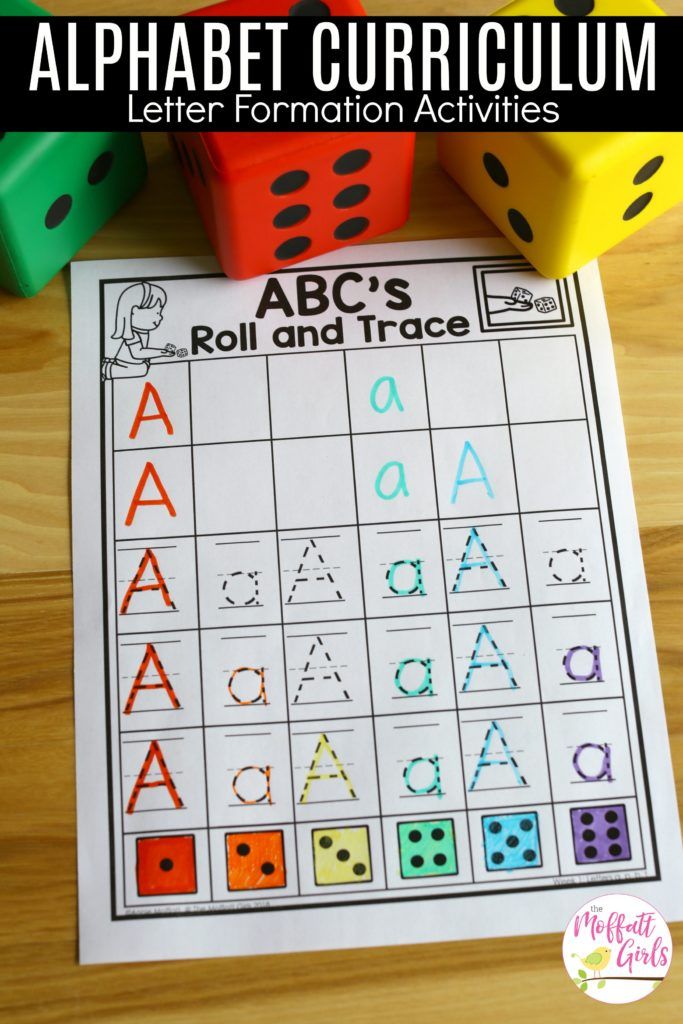 As the stepping stones of language, learning the alphabet is one of the first ways we develop the skills necessary to read and write. In fact, studies show that the ability to name the letters of the alphabet during Pre-K and kindergarten is a well-established predictor of children's literacy skills later in life. Properly knowing the alphabet means that the child can distinguish between the 26 letters of the alphabet and can also verbalize those letter sounds. There are many different ways to approach teaching the alphabet, and because every child is different, multiple teaching methods should be considered to ensure that all students are on the same path toward mastering letter sounds.
As the stepping stones of language, learning the alphabet is one of the first ways we develop the skills necessary to read and write. In fact, studies show that the ability to name the letters of the alphabet during Pre-K and kindergarten is a well-established predictor of children's literacy skills later in life. Properly knowing the alphabet means that the child can distinguish between the 26 letters of the alphabet and can also verbalize those letter sounds. There are many different ways to approach teaching the alphabet, and because every child is different, multiple teaching methods should be considered to ensure that all students are on the same path toward mastering letter sounds.
Tips for Teaching Letter Sounds
Many factors play a role in a child’s quest toward learning the alphabet. When teaching letter sounds, it's important to consider that students have varied learning styles. It is best to use a combination of visual, tactile, and auditory strategies in order to reach learners most effectively.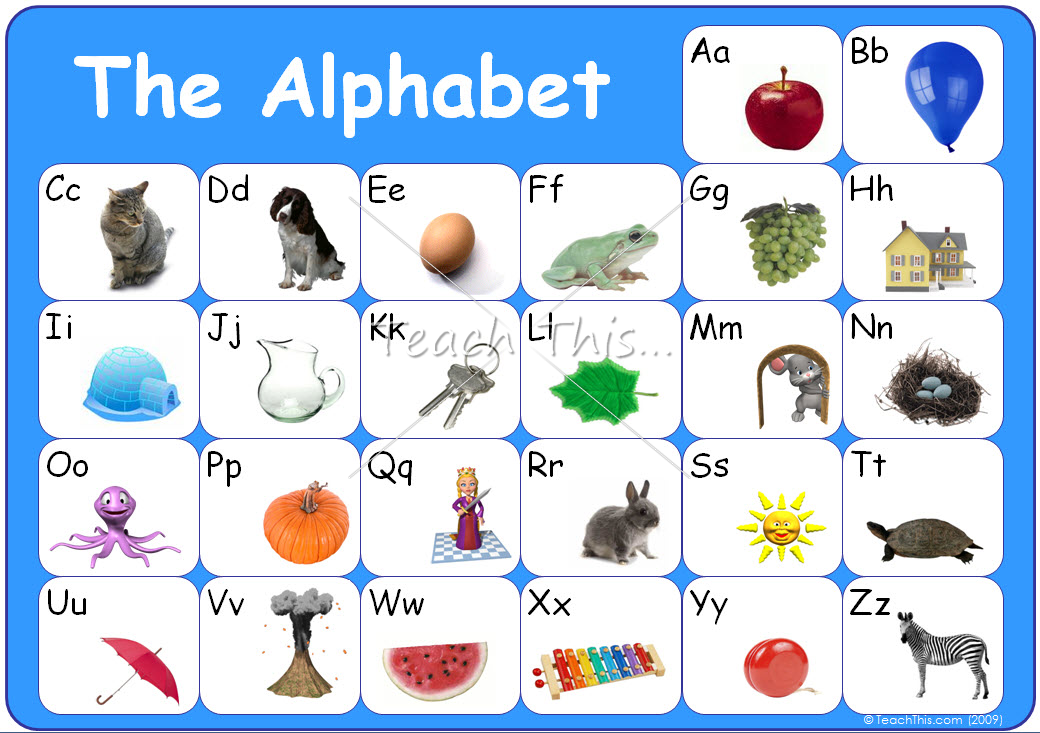 Taking advantage of all possible approaches and beginning at an appropriate pace for the age group is key for making sure the child has learned the alphabet.
Taking advantage of all possible approaches and beginning at an appropriate pace for the age group is key for making sure the child has learned the alphabet.
Preschool vs Kindergarten
Establishing the child’s starting point is crucial for properly knowing where to begin in regards to the child learning letter sounds. In Pre-K, students are beginning to establish phonemic awareness, and these skills can grow quickly. By establishing the learner’s baseline, you are able to help them achieve greater growth throughout their Pre-K and kindergarten years.
Start With Their Name
Taking full advantage of meaningful literacy during early childhood education is a great way to connect lessons with the student in an intimate and fun way. Starting with teaching the child’s name guarantees that there will be a personal connection to the letters of the alphabet and teaching the letter sounds of their name will help them to remember certain letters and touch on correct letter order as well. Start with their name and then move on to other personal buzzwords such as their favorite food, color, and so on.
Start with their name and then move on to other personal buzzwords such as their favorite food, color, and so on.
Capital Letters First
When teaching letter sounds, children typically learn capital letters first so it’s much easier for them to recognize capital letters than lowercase letters. When using visual materials for teaching letter sounds, begin with mastering capital letters of the alphabet and then move forward to incorporate lowercase letters as well. This allows them to have a foundation for letter sounds while then focusing on letter recitation overall.
Use Visual Cues
Visual cues are a huge helping hand in the quest for properly teaching alphabet letters and sounds. Combining verbal and visual instruction to provide aid for the child allows them to commit the letters to memory and recall those letters later on. Consider using physically engaging alphabet resources to help give kids visual assistance in learning letters and sounds. Some great tools we suggest include:
Consider using physically engaging alphabet resources to help give kids visual assistance in learning letters and sounds. Some great tools we suggest include:
Letters or Letter Sounds First?
Each student is unique! Some children will have an easier time identifying the letter, while others may have a better time learning the sound before the corresponding letter. Take note of which direction the child is leaning toward and cater to their individual needs. But first and foremost, ensure you invest a healthy amount of time in establishing letter-sound-correspondence when teaching letters and sounds.
Mix Up the Standard Alphabet Order
A great way to ensure that the student is properly able to identify and replicate alphabet letter sounds is to change up the alphabet order.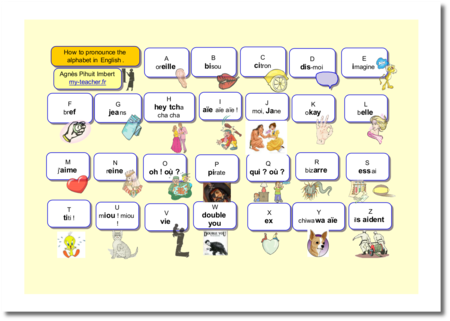 This allows the teacher to see if the student has retained the alphabet properly or has maybe relied heavily on educational tools like songs and games to be able to identify letters. A-B-C Touch & Flip Cards are a great tool for mixing up the order to ensure each letter gets its own spotlight and that the child can confidently excel in mastering the alphabet.
This allows the teacher to see if the student has retained the alphabet properly or has maybe relied heavily on educational tools like songs and games to be able to identify letters. A-B-C Touch & Flip Cards are a great tool for mixing up the order to ensure each letter gets its own spotlight and that the child can confidently excel in mastering the alphabet.
Make Letter Sounds Fun
One of the best parts of teaching letter alphabet sounds is watching the moment when it finally clicks for the child. Teaching letter sounds should be a fun experience for the child. That positivity helps encourage comprehension and encourages further development of these skills. Try playing games, singing catchy alphabet songs, or even assigning alphabet-based art assignments to help make learning the alphabet a fun experience.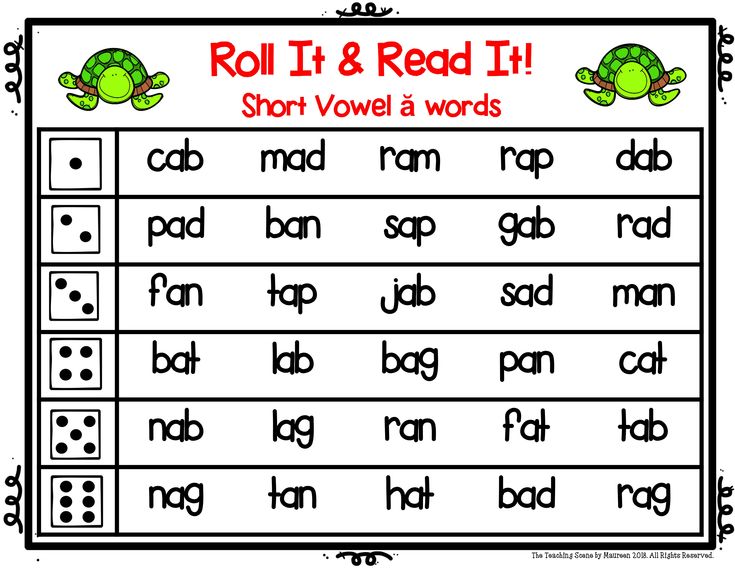
Learning Without Tears Knows Letter Sounds!
Once a child has confidently mastered letter sounds and the alphabet, they’ve taken the first step toward literacy, vocabulary, language development, and more. With a combination of enriching alphabet learning materials and enough consistent practice, any child will be on their way to confidently know the alphabet.
Learning Without Tears seeks to help families, educators, and children get prepared for learning with innovative educational materials and professional resources. We want every child to be set up for success through each step of their learning journey, with engaging and worthwhile materials for K-5 students. Regardless of whether the child is learning in a traditional classroom or at home, Learning Without Tears provides access to proven curricula, industry insight, and enriching products that help make teaching and learning the alphabet a fun experience.
Source: Piasta, Petscher & Justice, 2012
Related Tags
Home Connection
Home Connection, Teaching Tips, Multisensory Learning, Readiness
Handwriting Development Through Developmentally Appropriate Practices from Ages 2-5
August 13, 2021
0 4 min
Ask the Experts, Teaching Tips, Multisensory Learning, Readiness, Home Connection
Why is Literacy Development Important for Children?
June 17, 2021
0 4 min
Ask the Experts, Teaching Tips, Multisensory Learning, Readiness, Home Connection
Naming Letters Is Not a Straight Path to Literacy: Here’s Why
April 15, 2021
4 2 mins
There are no comments
Stay Connected and Save 10%Sign up for our newsletter and get the latest updates, Classroom tips & free downloads.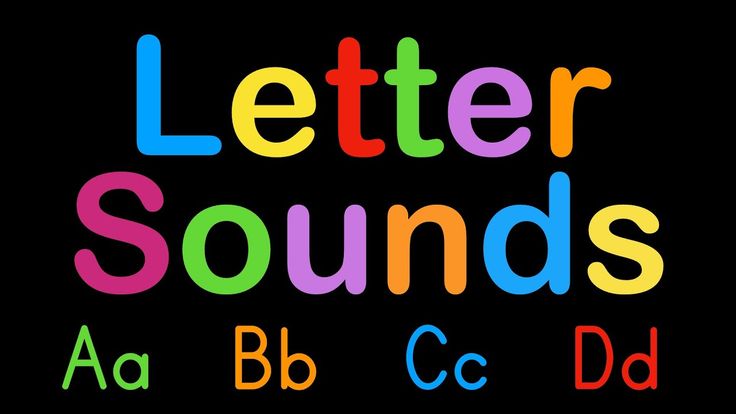
Comments
5 Ways to Learn the Alphabet Quickly and Easily with a 3-6 Year Old Child – Somersault
Before learning the alphabet with a child, it is important to understand what you are not going to do. Namely, learning to read. This is a more complex skill, so it is worth putting it off until the time when the child gets acquainted with all the letters and will confidently recognize them and write on their own. Until then, put off the alphabet and reading by syllables.
In this article, we have put together the basic principles to quickly learn the Russian alphabet with a 3-6 year old child in a playful way. For all games with letters, you can use plasticine, paints and any improvised means or magnetic letters - they will easily attract the attention of the child.
Contents:
- Learn the Alphabet Easily: Basic Principles
- 5 ways to learn the alphabet with your child
- From alphabet to reading
How to Learn the Alphabet Easily: Basic Principles
Each child can find an easy way to learn the alphabet that suits him or her, but there are basic principles that are important for all children. If you do not follow them, study will turn into drill and the child is unlikely to ever love to read. Here are a few such principles on how to properly learn the alphabet for a child.
If you do not follow them, study will turn into drill and the child is unlikely to ever love to read. Here are a few such principles on how to properly learn the alphabet for a child.
- Learn sounds first, not letters . At the first stage of learning, it does not matter how the letters in the alphabet are called correctly. Now only sounds are important for the child - "d", and not the letter "De". The names of the letters will only confuse the child, who first needs to learn to recognize the shape of the letters and their sound.
- Not learning the alphabet in the correct sequence . Until a child goes to school, it is of no use to him to know how the letters are arranged in the alphabet. This information will only distract him from what is really important: how the letters look and sound. The sequence of the alphabet can be learned later or even at school, where this knowledge will be tested by the teacher.
- Do not turn learning into a lesson .
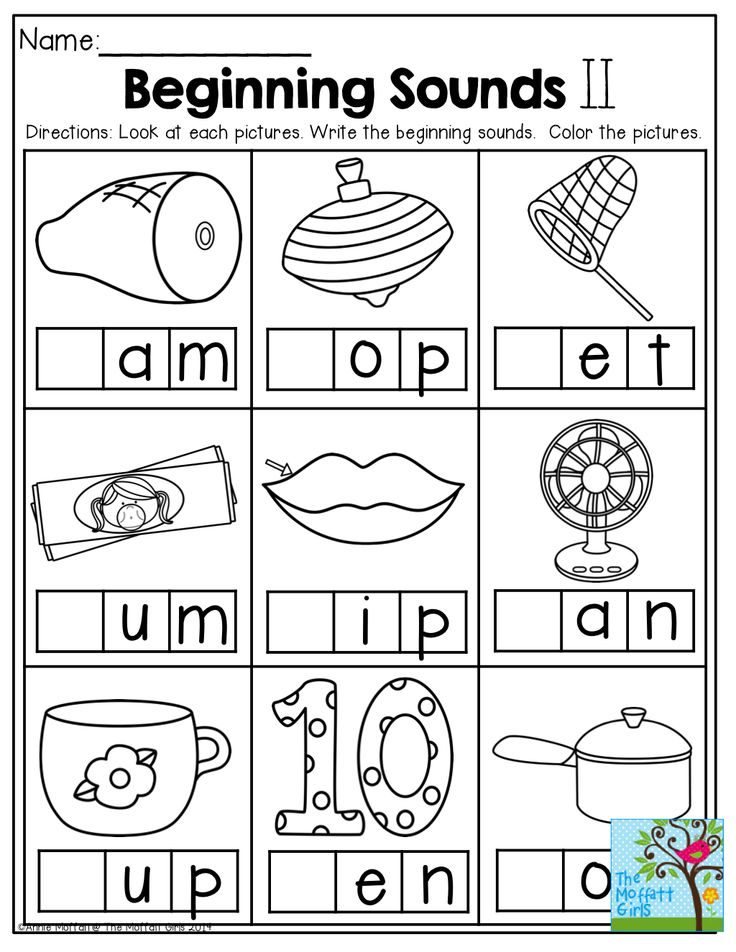 Learning from call to call is difficult even for children at school, let alone a baby. Therefore, all learning should take place in a playful way and not for long: 5-7 minutes a day to get acquainted with the letters will be enough. Gradually, this time can be increased, especially if the child likes the proposed games with letters.
Learning from call to call is difficult even for children at school, let alone a baby. Therefore, all learning should take place in a playful way and not for long: 5-7 minutes a day to get acquainted with the letters will be enough. Gradually, this time can be increased, especially if the child likes the proposed games with letters. - Use material objects . At the age of 3-6 years, the child learns the world by touch and taste. It is difficult for him to work with abstract letters spoken aloud. Therefore, it is better to stock up on plasticine and paints and create letters that are more understandable to the child and can be touched. Such a game for children will allow the child to learn the letters of the alphabet and he will recognize them in different forms regardless of what they are made of.
- First vowels, then consonants . Vowel sounds are easier to pronounce, so it's worth starting with them.
The main thing is not to force anyone.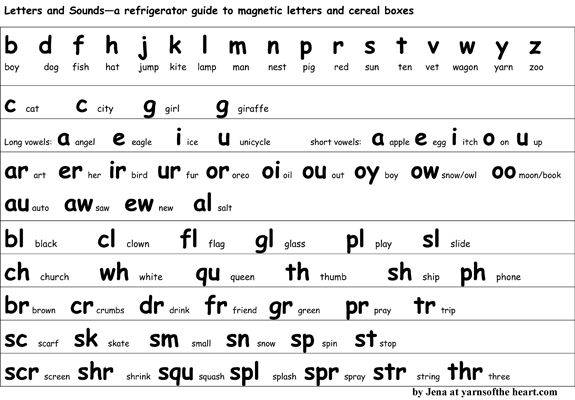 If you see that the child is inquisitive, enjoys exploring the world and is ready to learn, you can move on to learning letters and the alphabet. So the child will be happy to learn the alphabet in a playful way and gradually learn to read. So that the game is not abstract, you can use the magnetic letters TUMBLING.
If you see that the child is inquisitive, enjoys exploring the world and is ready to learn, you can move on to learning letters and the alphabet. So the child will be happy to learn the alphabet in a playful way and gradually learn to read. So that the game is not abstract, you can use the magnetic letters TUMBLING.
5 ways to learn the alphabet with your child
1. Use an interesting topic to study
Use your child's interest to spur his motivation to learn. For example, if your kid is crazy about cars, let them be the topic in which you learn the alphabet. Use any words related to cars:
"A" - bus
"B" - trunk
"C" - driver, etc.
You can show cars and their parts, draw or sculpt from plasticine. It is important that the child's focus shifts from learning to doing what they love. Additionally, the method will help expand vocabulary and knowledge about the world.
2. Cross out a letter of the alphabet in the list
Fill in a small square with arbitrary letters.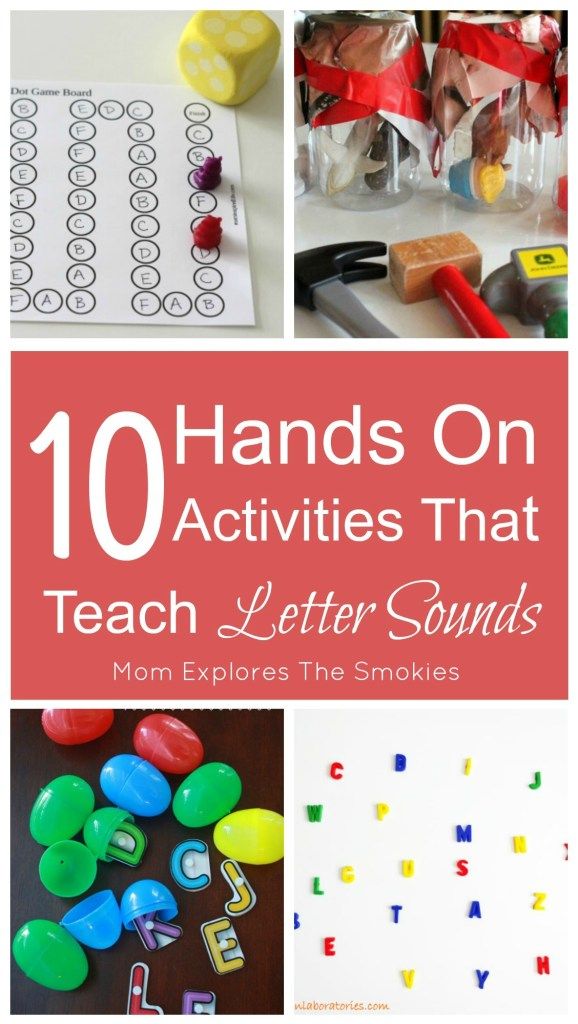 The task is to cross out only the letter that you are studying. This will help the child focus on one letter and not get distracted by the ones he doesn't remember or don't know.
The task is to cross out only the letter that you are studying. This will help the child focus on one letter and not get distracted by the ones he doesn't remember or don't know.
3. Pulling the letters of the alphabet out of the pouch
The soft-touch magnetic letters are perfect for this method. Put the letters in a bag and give the child the task, without looking, to pull out only the letter that you thought of. Let there not be too many letters in the bag, otherwise the child will get confused. 6-7 pieces will be enough. To start, use letters that are very different in shape, such as "O" and "M". Gradually, the complexity can be increased and searched among similar letters, for example, "K" and "X". Don't forget to praise and encourage your child. You can alternate the learning process with desktops.
4. Recognize letters of the alphabet by ear
You pronounce a word, and if it contains a hidden letter, the child claps his hands.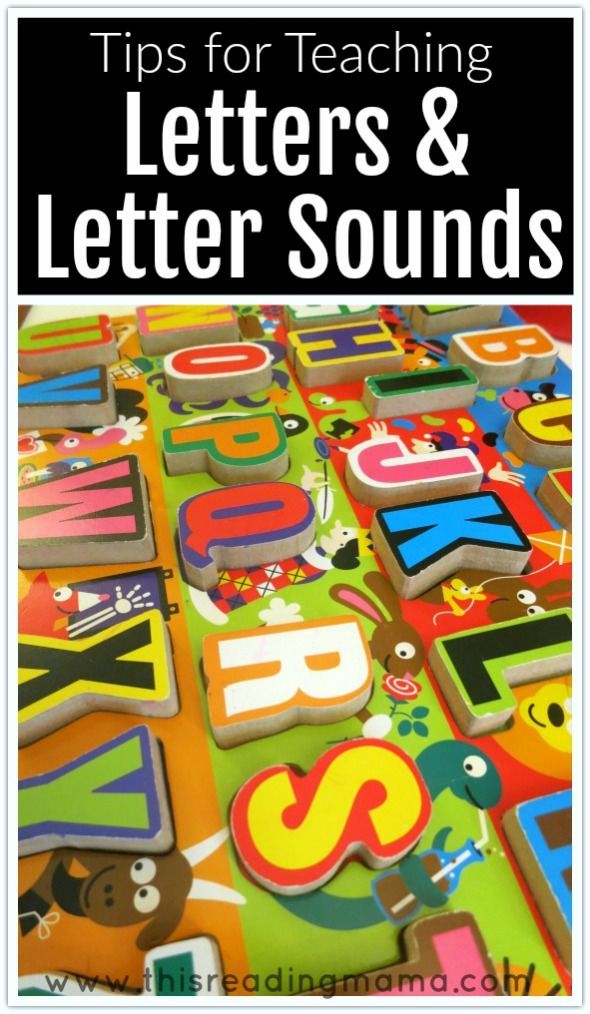
With this game for kids, you can learn individual letters or the entire alphabet. For example, you name a word, and the child inserts its first letter into the insert frame. To stimulate your child's interest, you can use only words from his favorite topic, for example, the names of animals.
5. Guess words starting with the first letter
You choose one letter and think of a word that starts with that letter. For example, the letter "Z":
- What is this animal with big ears and loves carrots?
- Hare!
This game form is again suitable for learning individual letters or the entire alphabet. If you learn only one letter, the child gets used to quickly recognizing it in different words. And if you give words with different letters, the child as a whole learns to understand with which letter they begin. With the study of the account and the English language will also help TUMBLING.
From the alphabet to reading
When a child learns the Russian alphabet, confidently recognizes all the letters in different words and can draw or mold them on his own, it is worth moving on to reading. Because you need to learn the alphabet just so that the child can read. If knowledge is not used, it will hang as an extra burden, and by the time school will be forgotten. Therefore, you should not learn the alphabet too early: at 3-4 years old, a child is simply not interested in reading books in order to learn something new. He is more interested when his mother reads. Conversely, by the age of six, the child will be glad to have his own books to read them himself.
Because you need to learn the alphabet just so that the child can read. If knowledge is not used, it will hang as an extra burden, and by the time school will be forgotten. Therefore, you should not learn the alphabet too early: at 3-4 years old, a child is simply not interested in reading books in order to learn something new. He is more interested when his mother reads. Conversely, by the age of six, the child will be glad to have his own books to read them himself.
How to learn letters and the alphabet with a child aged 3-6
Do you want to know the most effective way to teach your child letters and learn the alphabet in the shortest possible time? With our recommendations, it will not be difficult for you to teach your child the alphabet at 3-6 years old. In just a month of short lessons, you can learn vowels and consonants with your child and start reading.
www.fullhdoboi.ru
Why teach your child the alphabet
Before introducing your child to the letters of the Russian alphabet, answer yourself the question WHY you want to do it right now.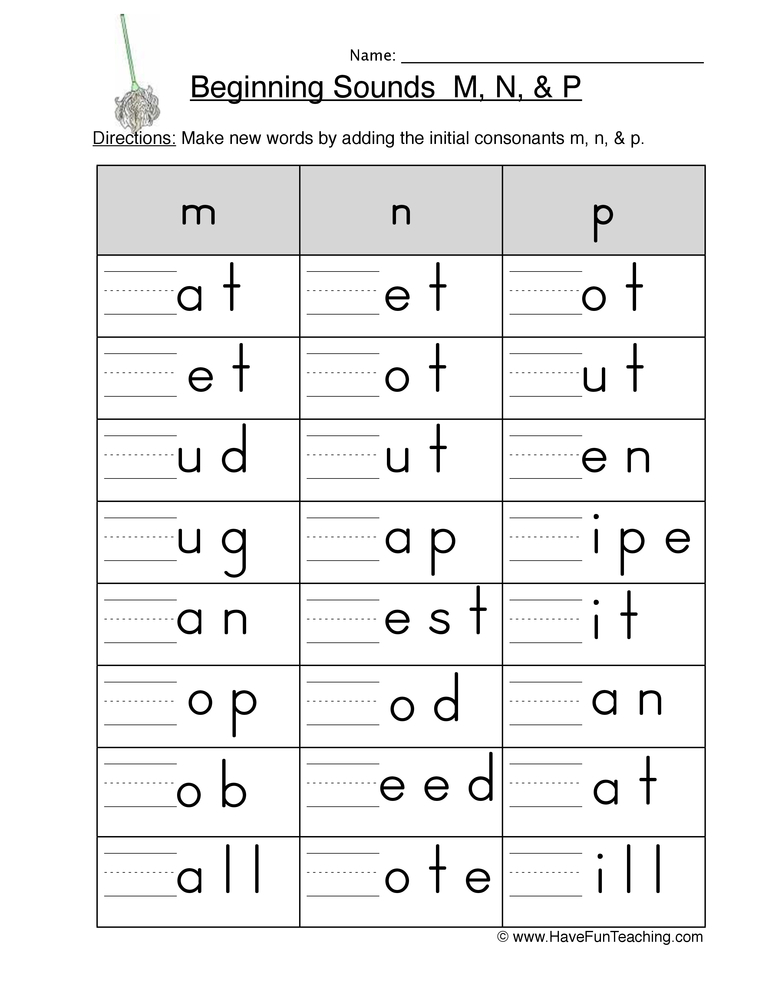 Is your child 5 or 6 years old and you want to prepare him for school? He is 2 years old and you want to show off the successes of the little genius to your friends and relatives? The kid is 3 years old and you want to "invest in him the maximum" in all ways available to you, so as not to miss the optimal moment for all-round development? What?
Is your child 5 or 6 years old and you want to prepare him for school? He is 2 years old and you want to show off the successes of the little genius to your friends and relatives? The kid is 3 years old and you want to "invest in him the maximum" in all ways available to you, so as not to miss the optimal moment for all-round development? What?
Of course, you can teach your child the alphabet at any age. You can show letter cards from the cradle, but... Let's put parental ambitions aside and focus on the object - the child. Why does he need to know letters? Right to read! Are you sure that right now he is READY to learn the basics of reading? Read what conditions are necessary in order to teach a child to read in our articles and only after that make the right decision:
- How to teach a child to read at 3 years old: pros and cons
- How to teach children 4 years to read
- How to teach a child to read in syllables
- How to teach a child to read well: methods of teaching reading
Any knowledge must be applied in practice.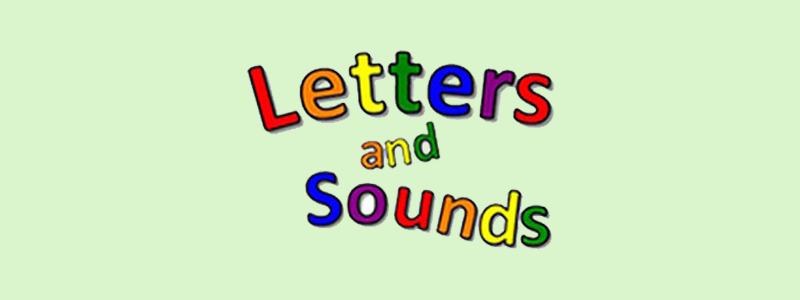 You must clearly understand that the study of letters and the alphabet is teaching the child to read. Otherwise, there is no point, there are a lot of other effective ways to develop memory, thinking, speech. It is not necessary for this to learn letters with a one and a half year old malupas, who is not yet able to pronounce them correctly. If you start learning the alphabet too early, there is a high chance that the child will simply forget the letters by the time he is ready to learn to read. Or the second, more "terrible" moment. Having learned “be”, “ve”, “de”, the child will not be able to read, because other rules work when reading. To merge syllables and turn them into words, you need to pronounce sounds completely different. Relearning is always harder. Be careful with the choice of talking toys and books: they do not always pronounce the letters correctly!
You must clearly understand that the study of letters and the alphabet is teaching the child to read. Otherwise, there is no point, there are a lot of other effective ways to develop memory, thinking, speech. It is not necessary for this to learn letters with a one and a half year old malupas, who is not yet able to pronounce them correctly. If you start learning the alphabet too early, there is a high chance that the child will simply forget the letters by the time he is ready to learn to read. Or the second, more "terrible" moment. Having learned “be”, “ve”, “de”, the child will not be able to read, because other rules work when reading. To merge syllables and turn them into words, you need to pronounce sounds completely different. Relearning is always harder. Be careful with the choice of talking toys and books: they do not always pronounce the letters correctly!
happymama.ru
The knowledge of the alphabet alone will not give the baby anything. He will simply memorize it like a song or a rhyme, but this will not teach him to read.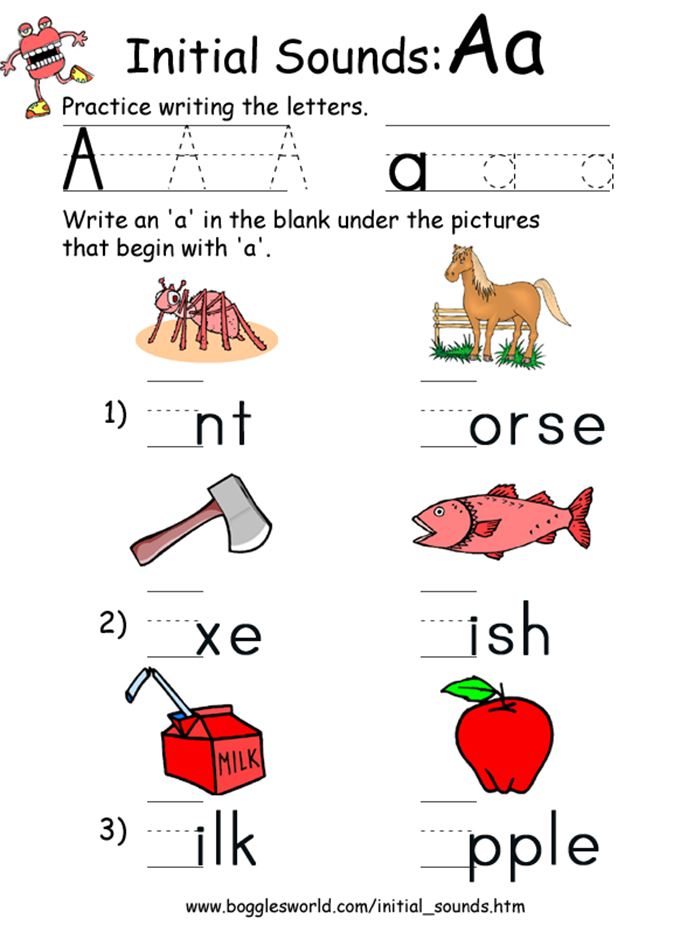 Therefore, leave the study of the alphabet for children 5-6 years old, who will need it at school, and with toddlers, just learn the letters without adhering to the alphabetical sequence.
Therefore, leave the study of the alphabet for children 5-6 years old, who will need it at school, and with toddlers, just learn the letters without adhering to the alphabetical sequence.
- The alphabet is not just all the letters, it's the letters in a CERTAIN sequence.
- The alphabet is the base of any language.
- The alphabet is the key to all dictionaries, reference books, encyclopedias and other documents where order and systematization are important.
- Knowing the alphabet saves time.
Learning letters: where to start
In what order to learn letters? Do I need to learn the alphabet? Start with vowels or consonants?
Let's be clear, so:
1. No need to learn letters in alphabetical order.
2. Do not learn letters mixed up: either vowels or consonants.
3. First, learn the 10 vowel letters with your child.
We wrote in detail about how to learn 10 vowels in 5 lessons.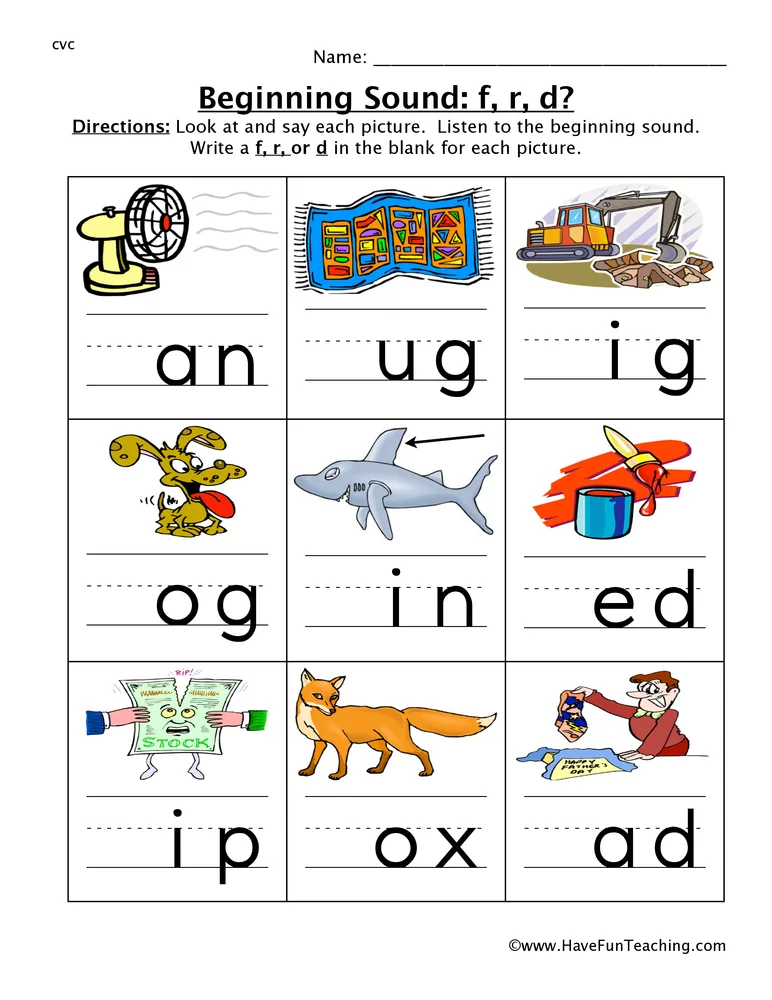 The technique is really very effective and simple. Any mom will do.
The technique is really very effective and simple. Any mom will do.
4 . Consonants are best taught after vowels.
5. Name the sounds, not how the letter is pronounced in the alphabet.
Why is it important to learn 10 vowels well?
Practice shows that children who read poorly stumble because they forget how to read vowels. So that the child does not “stumble” while reading, take your time learning the letters. At the initial stage, pay attention to the vowels: how they are pronounced, how they look in writing. And only after that go to the consonants.
How to teach a child the alphabet at 3-4 years old
If you decide to teach your child the letters at 3 years old, remember that nothing can be done by force, only games, only entertaining exercises and NO FORCE. These recommendations are relevant for any age, because you do not want to develop a reluctance to study and go to school in the future.
- Don't expect your child to memorize many letters at once.
 Do not aim to learn the entire alphabet, it will take time.
Do not aim to learn the entire alphabet, it will take time. - Twice a week give your child new material, and on other days repeat and reinforce what has been learned.
- With a child of 3-4 years old, it is enough to do 2-7 minutes a day.
- Learn vowels in pairs, so it will be easier for the child to remember: A - I, O - E, U-Yu, Y - I, E - E.
- Before introducing the child to consonants and starting to learn to read, make sure that the knowledge of all vowels is brought to automatism.
How to learn consonants: a game method
There are many more consonants than vowels. It will take more patience, effort and time to study them. But everything will work out if you strictly follow the recommendations and take your time.
Prepare a table. Each table has six rows. In the top line, write or print hard consonants in blue, soft consonants in green. In the rest of the lines, write short open syllables.
|
|
|
|
|
|
- Together with your child, sing songs of vowel sounds: in a rough low voice A, O, U, Y, E and a high thin voice Ya, Yo, Yu, I, E.
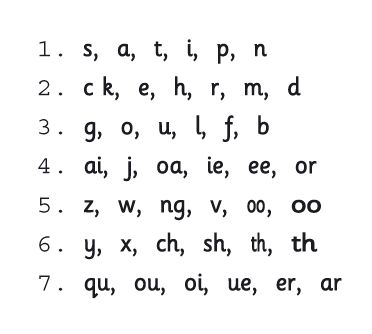
- Clearly pronounce the consonants in the top line of the table. In each lesson, work with 6 tables.
IMPORTANT! Make sure that the child and you yourself pronounce the consonants clearly, so that after them no extraneous vowels are heard Ы or I. E if the child gets used to speaking D s, C s instead of pure sounds D 9000, 50006 , then it will be incorrect to read.
The most difficult thing is to pronounce pure sounds B, C, D, D; B, B, G, D . The rest are easier, especially the deaf.
Teach a child to pronounce correctly Z and 3b, for example, very simple. Ask your child: “How big is a mosquito buzzing? Z-Z-Z. No, not Z s, but Z-Z-Z! Mosquito cannot speak Z s, he does Z-Z-Z . And how does a small mosquito buzz? 3b-3b-b .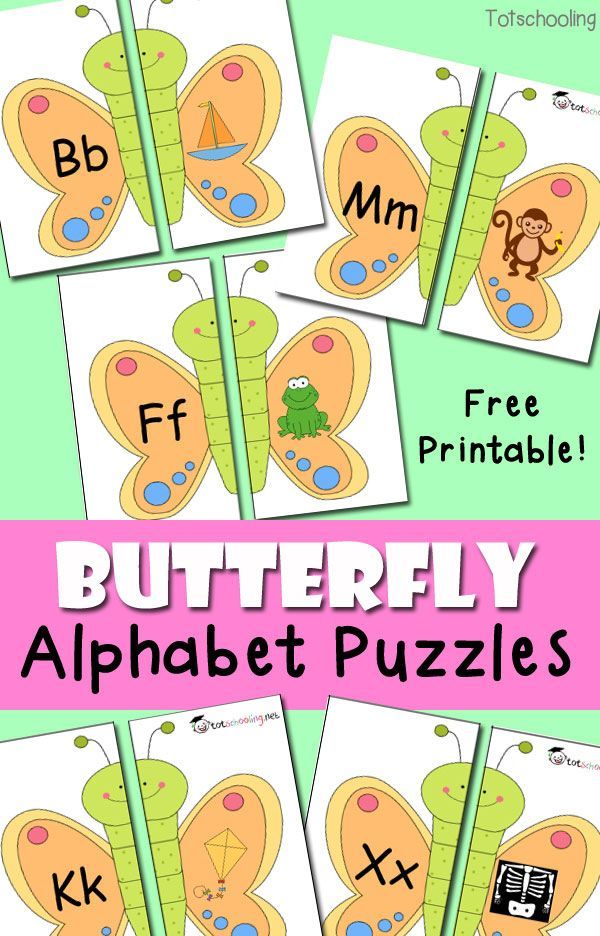 Mosquito cannot speak Z and, he does 3-3-3 . This is how we call these letters: З-З-З and ЗЗ-ЗЗ-З ".
Mosquito cannot speak Z and, he does 3-3-3 . This is how we call these letters: З-З-З and ЗЗ-ЗЗ-З ".
- Sing the syllables in the same way as you did with the vowels.
- Show the child the letter b in the tables and say that it is called a "soft sign". Remind him of her name from time to time.
The letter b does not indicate a sound, but only INDICATES the softness of the consonant.
- Write on a separate card. Name what this sound sounds like. Give examples of words that begin with this sound: iodine, yogurt, yogi.
The very name of the letter “ AND short” the child will learn later when he learns the alphabet. Remind your child of this letter from time to time by SPEAKING IT.
- Go back to these charts several times a day and sing the words together with your child.
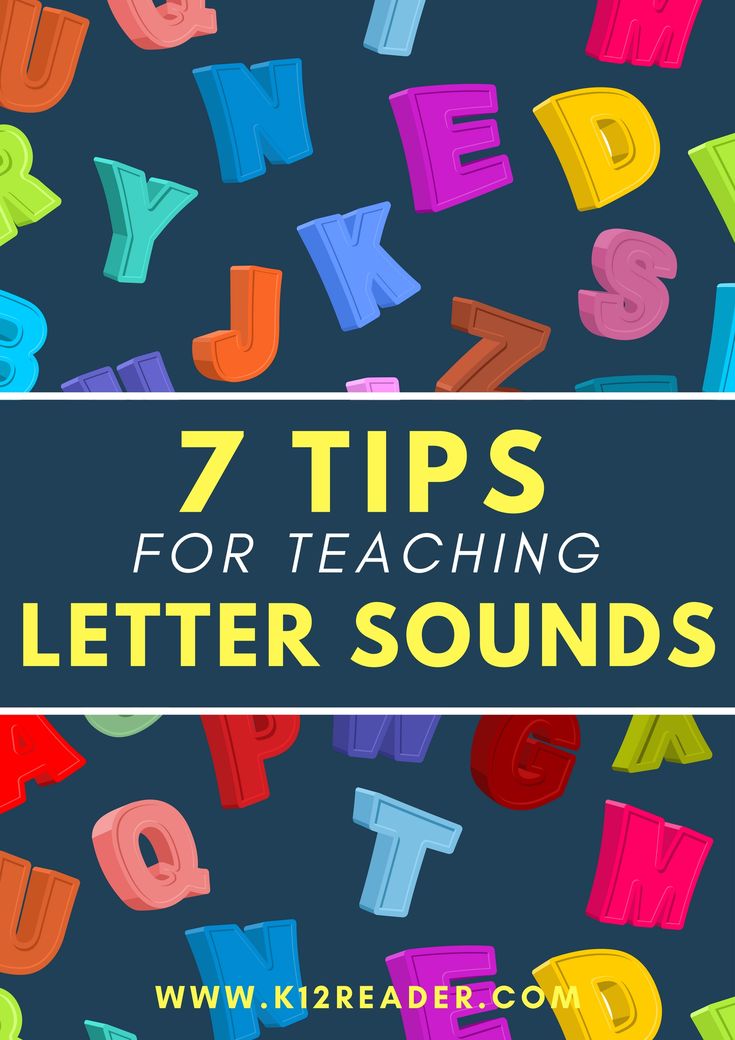 Do it regularly.
Do it regularly. - When you see that the child is doing everything right, replace 2 tables with two new ones.
|
|
The procedure is the same. Sing all 6 tables daily with your child.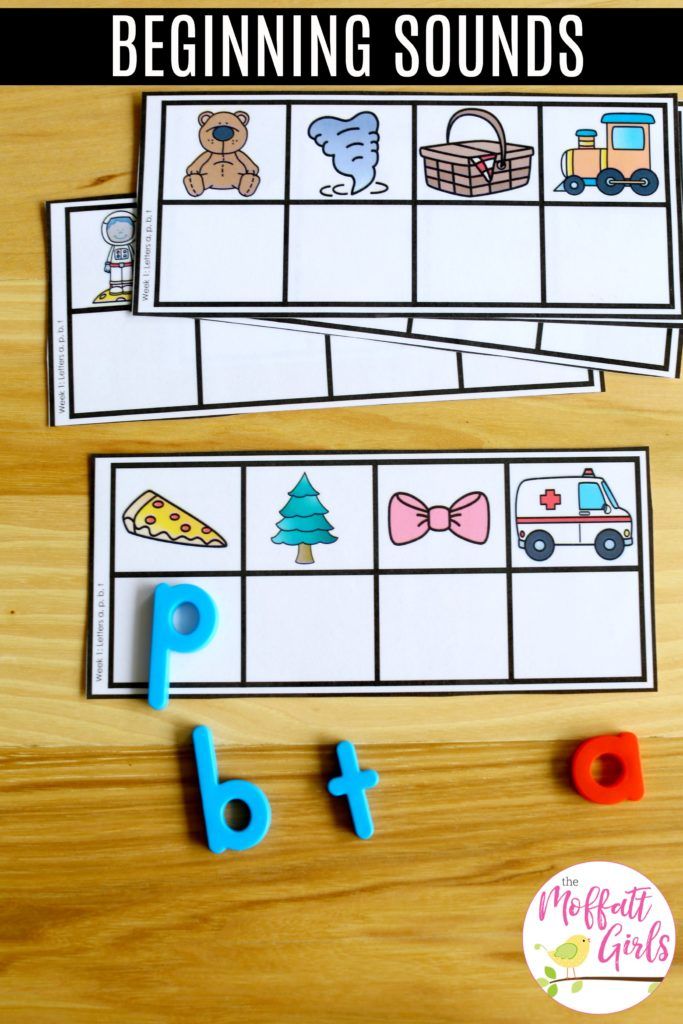 As a result, the child will repeat the old letters and learn 2 new letters.
As a result, the child will repeat the old letters and learn 2 new letters.
- Again, replace 2 tables with two new ones, and so on.
If you stick to the plan “new twice a week, repeat the rest of the day”, your child will learn 32 letters of the Russian alphabet in a month. With b you will introduce the child later when he starts to read and meets this letter in words.
IMPORTANT! The Russian language has twin sounds and warehouses: Zh-Zh, ZHO-ZhO, SH-SH, SHO-SH, Ch-CH, CHO-CH, SH-SCH, SCHO-SCHO, TSY-TSI . They are spelled differently, but they sound the same! Be sure to bring this to your child's attention.
How to teach a child the alphabet at 5-6 years old
The age of 5-6 years old is the best for learning the alphabet and learning to read. It is better when the child goes to school prepared. It is IMPORTANT only to prepare it correctly so that the teacher does not have to retrain, and the child does not have to suffer because of the inept actions of the parents or the compassionate grandmother who wanted "the best".

